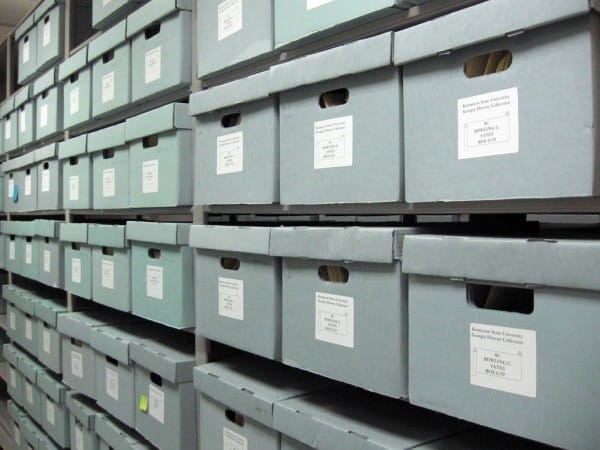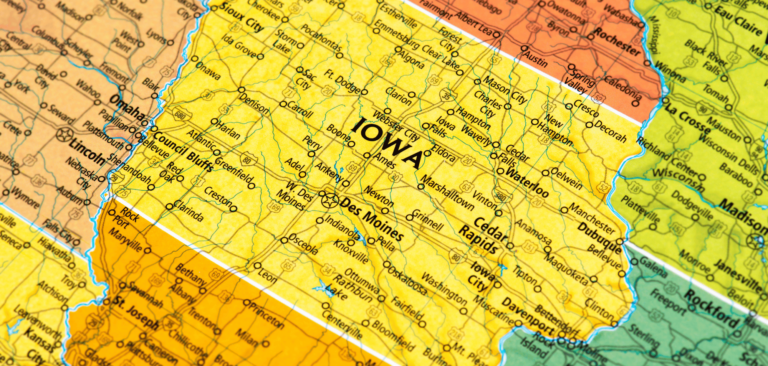
A Brief History of eRecording
As technology continues to evolve in the government sector, rules and regulations are constantly modified to keep up with changes. Here is a brief history of eRecording…
LEGAL BARRIERS
Legal barriers to eRecording have included a writing requirement, signature requirement, original signature/instrument requirement and notarization. The writing requirement mandated paper and ink for all records and the signature requirement indicated that a person physically needed to apply wet ink to a paper document; courts first confronted electronic signature disputes as early as the 1860’s (i.e. Howley v. Whipple, 48 N.S. 487, 1869). The original signature/instrument requirement required submission or retention of “original” signatures and instruments/documents. Notarization required a signature of the notary with a seal physically marked on each document by ink or raised imprint.
THE UNIFORM ELECTRONIC TRANSACTIONS ACT
Uniform Electronic Transactions Act (UETA) was promulgated by Uniform Law Commission in 1999 with the purpose to recognize the validity of electronic transactions. New definitions have evolved over the years include “electronic record”, “e-record”, “electronic signature” and “e-signature”. Any law that requires a record to meet a writing requirement or signature requirement is satisfied by an electronic record. Notarization permits notarial acts to be performed electronically through the UETA.
FEDERAL E-SIGN ACT
The Electronic Signatures in Global and National Commerce Act was enacted in the year 2000 to promote electronic commerce. Concepts from the UETA were applied to interstate and international commerce and largely adopted UETA definitions and language to confirm that an electronic record satisfies original record retention requirements.
LIMITATIONS OF UETA & E-SIGN
Scope: A handful of states excluded real estate transactions from the scope of UETA.
State Recording Laws: Counties were not certain that electronic records would be recordable under their already-in-place legacy state laws.
Effect: Only a small number of counties nationwide initially pursued electronic recording initiatives following adoption of UETA and E-SIGN with more legal certainty required by underwriters, attorneys and lenders to create sufficient confidence in the legal validity of electronic recording.
UNIFORM REAL PROPERTY ELECTRONIC RECORDING ACT
The Uniform Real Property Electronic Recording Act (URPERA) was promulgated by Uniform Law Commission in 2004 and amended in 2005. The URPERA removes all doubt a recorder may receive and record documents in electronic format which specifically applies UETA and E-SIGN concepts to electronic real estate records. This act also establishes commission within the state to regulate electronic recording.
REVISED UNIFORM LAW ON NOTARIAL ACTS
The Uniform Law on Notarial Acts was adopted in 1982, assuming a paper-based system where Uniform Law Commission updated and approved a revised version, RULONA in 2010. The revised version removed all doubt that an authorized person may perform notarial acts electronically and harmonized notary law with UETA, E-SIGN and URPERA.


